If you or people you know have school-aged children, you're probably at least somewhat familiar with Common Core, a relatively new approach to teaching math and English to younger students.
The math portion of Common Core has stirred some considerable controversy, as many school-related decisions do — like one school's decision to ban technology altogether.
The program is designed to present math problems in real-world settings, and to make use of students' innate, intuitive mathematical abilities — rather than the formulas that older people remember from their school days.
So if you imagine math homework to be the multiplication tables from back in the day, think again.
Proponents of the program say that presenting math this way helps students understand the concepts better and in a more in-depth way than rote memorization, and that the methods make math more accessible for different styles of learning.
Opponents, though, say it's too convoluted and abstract, especially for younger students, and does more to confuse than to educate.
Others point out that a national standard doesn't help with cultural issues in different schools, and some have even complained about its lack of computer science material — a subject that kids today need to learn.
But more immediately, many parents are finding that because it doesn't mesh with how they were taught math, they can no longer help their kids with math homework!
Check out some of the examples below. Can you solve them? If you can't, don't worry. We'll show you how!
Problem #1: How Many Marbles?
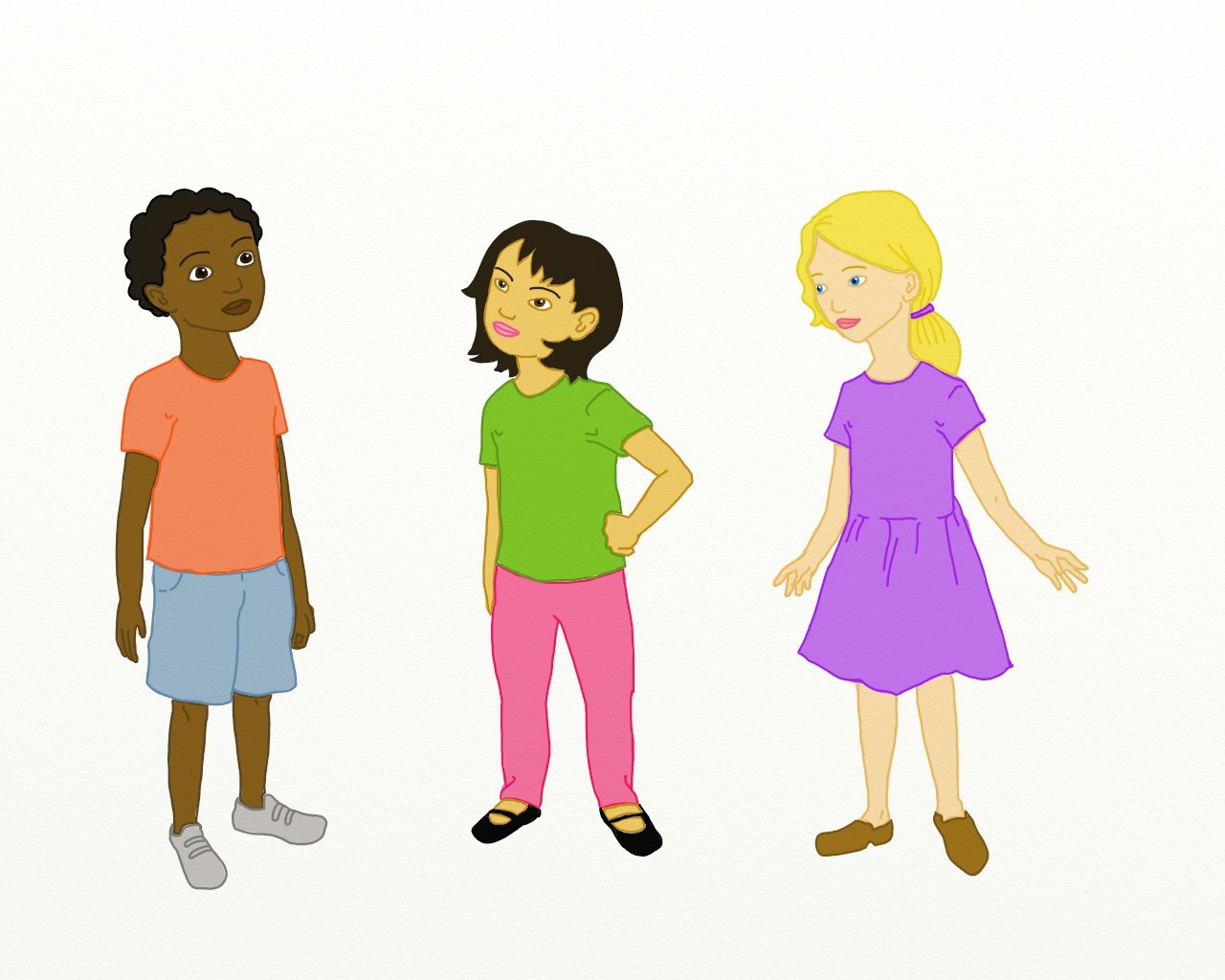
This problem goes like this:
- Grace has 10 fewer marbles than Paul.
- Grace has 5 more marbles than Meghan.
- Paul gives 4 marbles to Meghan.
- Grace gives another 6 marbles to Meghan.
- Meghan now has 13 marbles.
How many marbles did everyone start out with?
Okay, so this one seems a little daunting. You might be trying to start at the beginning and work down, but that's where the trick to this problem is…
Just because the information is in a certain order doesn't mean that it's the order you solve it in.
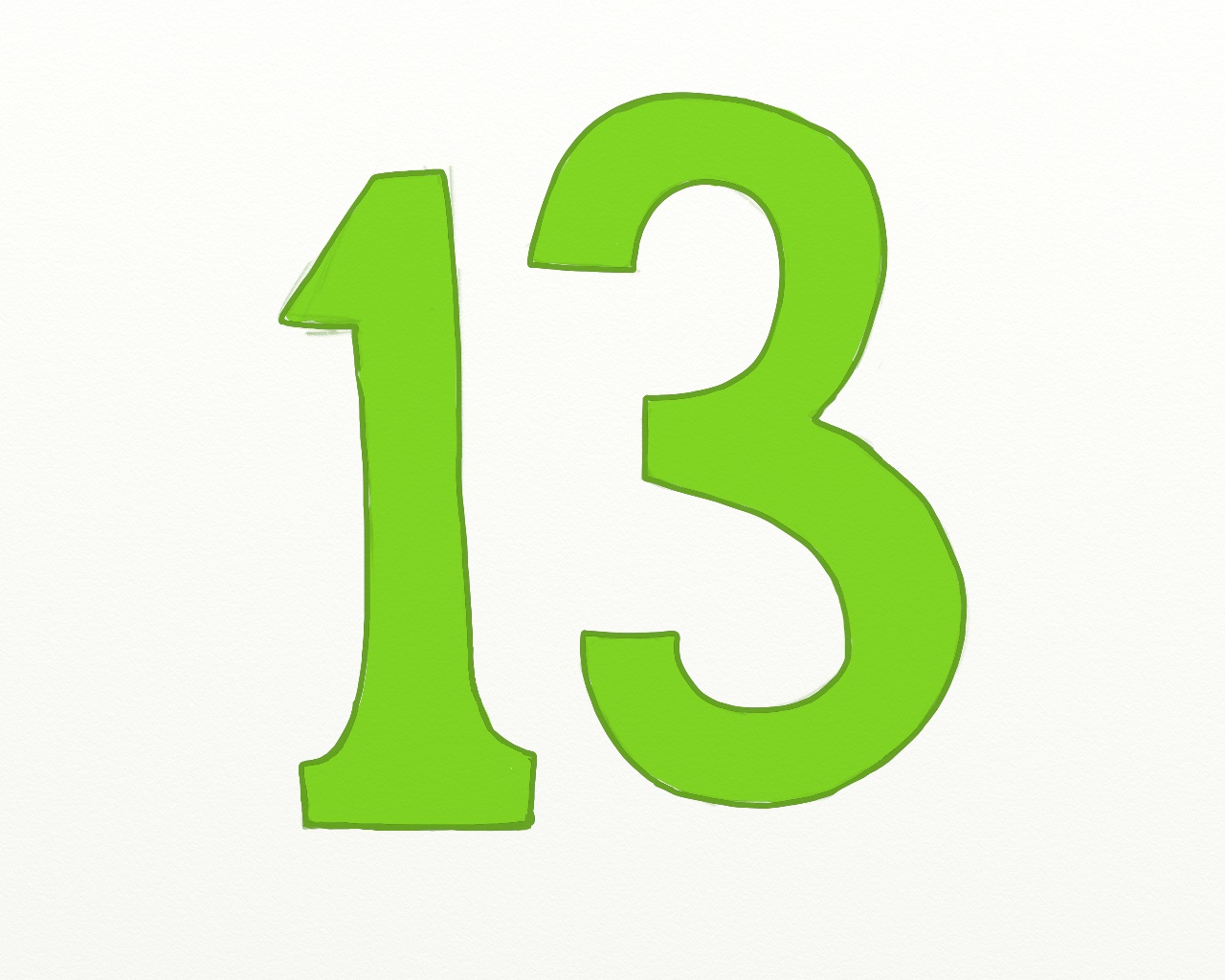
The trick here is starting with the number you definitely know. In this case, it's that Meghan has 13 marbles.
The rest of the information is all "more than" or "less than" statements, but no actual numbers.
So if we start with the 13 and work backwards, the rest fall into place.
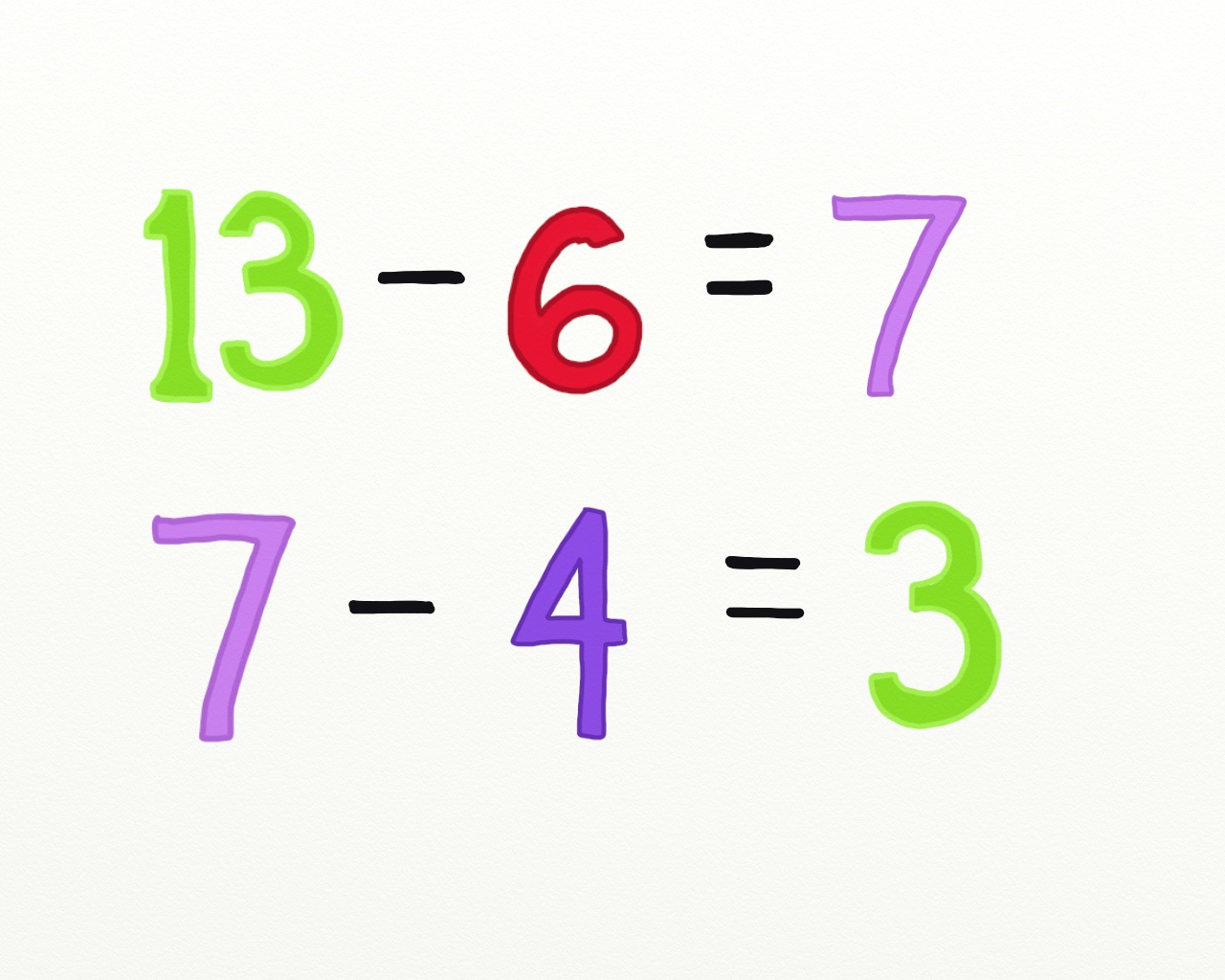
Before she had 13 marbles, Grace gave her 6 more. Before that, Paul gave her 4.
By working backwards from 13, and subtracting 6 and then 4, we end up with 3, the number of marbles Meghan started with.
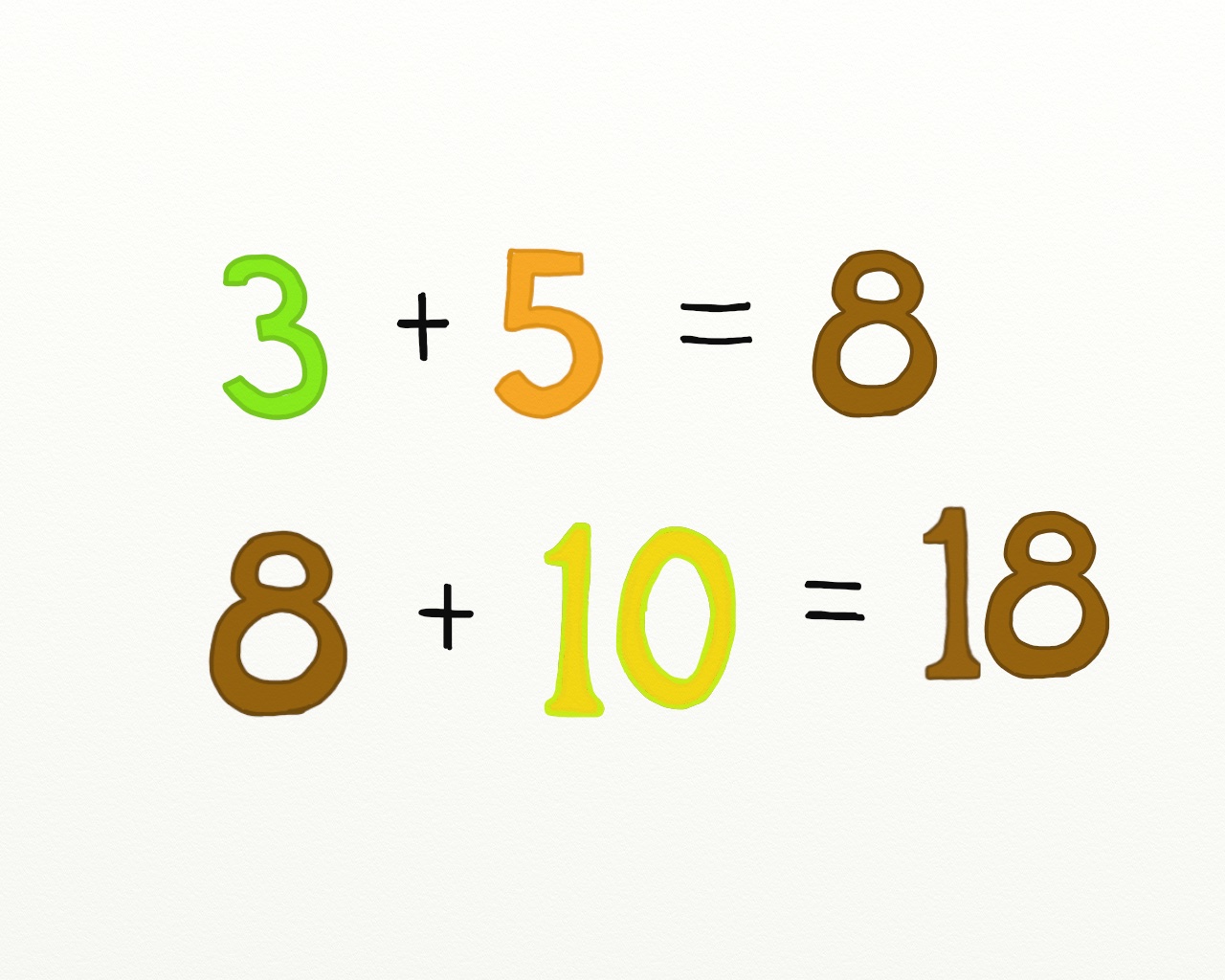
Now we know that Meghan had 3 marbles, Grace had 5 more than she did, and Paul had 10 more than Grace.
We add 5 to Meghan's original amount of marbles, and 10 to Grace's original amount, and get 8 and 18.
The solution, then, is that Meghan had 3 marbles, Grace had 8 marbles, and Paul had 18 marbles.
The problem is set up in such a way to force students to think about how to arrange out-of-order data into something they can use. It's a real-world skill, but some parents think it's too complex for young children.
And in case you were wondering, this problem was designed for first-graders.
Problem #2: The Dinosaurs
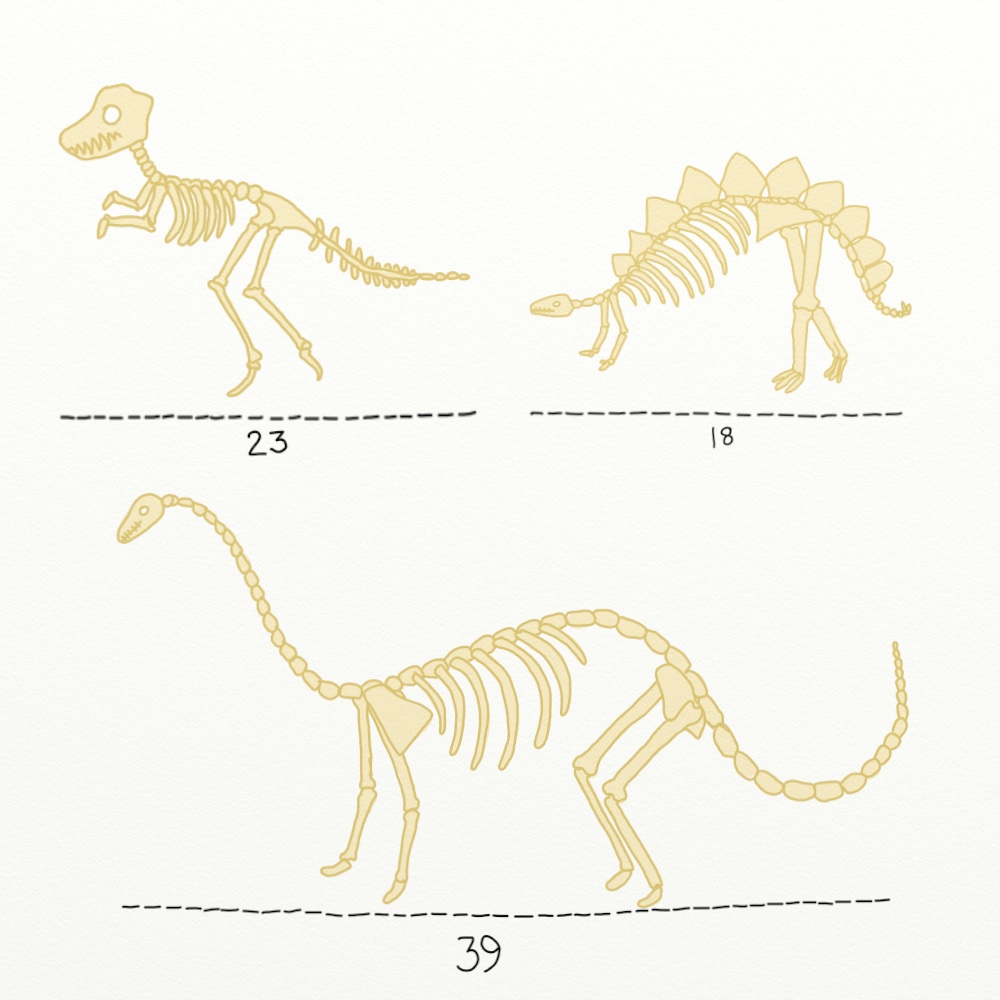
This problem has to do with multiplication, but also presents an extra step in determining which numbers you're multiplying.
It goes like this:
Phil sees 3 dinosaur skeletons at the museum. He measures their length by counting the number of shoe-lengths.
- Phil’s shoe is 17 centimeters long.
- The T-Rex measures 23 shoe-lengths.
- The Stegosaurus measures 18 shoe-lengths.
- The Brontosaurus measures 39 shoe-lengths.
Which dinosaurs measured more than 320 centimeters?
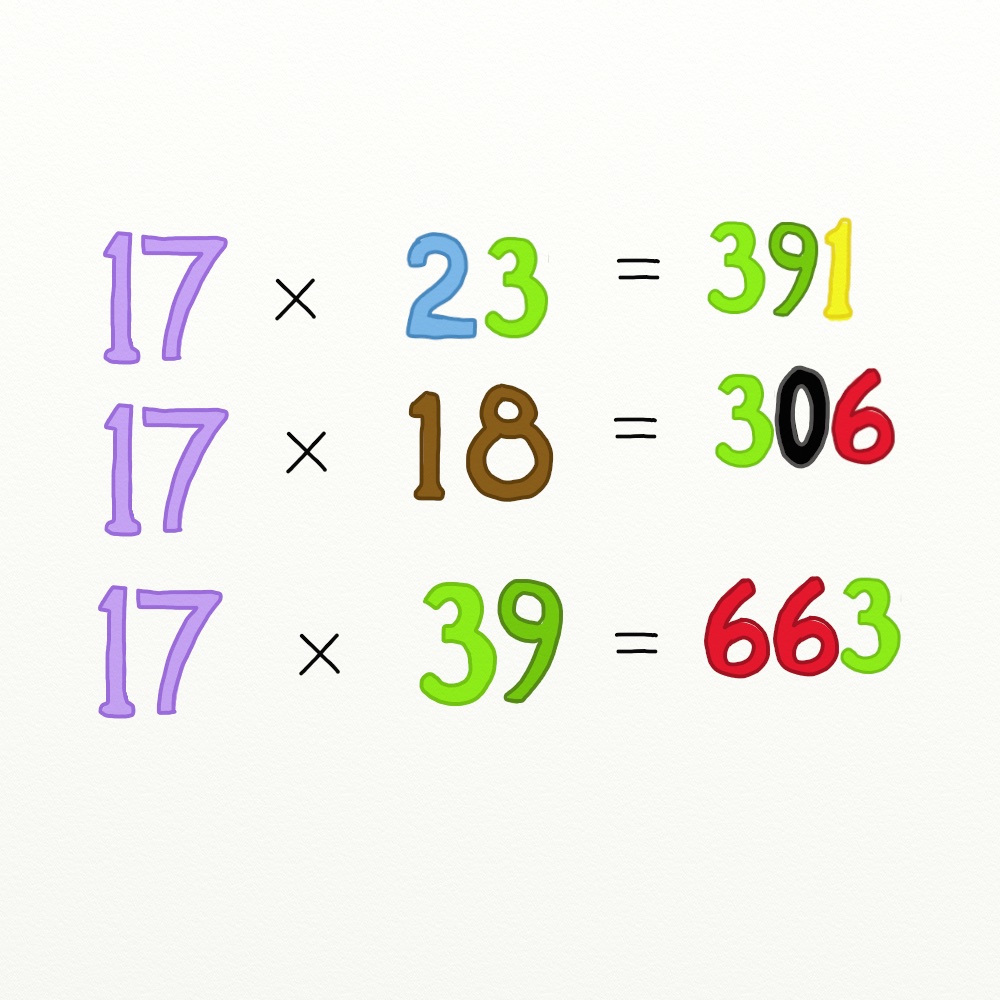
So once again, this problem requires you to reorganize the information you have in order to use it.
We know that Phil's shoe is 17 cm long, and we know that the dinosaurs measure 23, 18, and 39 shoe-lengths, respectively.
So now, we simply multiply each measurement by 17 to get the number of centimeters.
Next, we determine which ones are longer than 320 cm, which is easy enough.
In this case, it's the T-Rex and Brontosaurus.
What do you think of Common Core math?
Many of the Common Core math problems are arranged like this, and many appear much harder than they actually are.
So what do you think? Do you think this style is a good way to prepare kids for the often-messy issues they'll face in the adult world?
Or do you think kids should learn the concrete, simple concepts first, and then get more abstract when they're older?
Let us know in the comments, and SHARE with anyone who might be stumped over the homework table!




